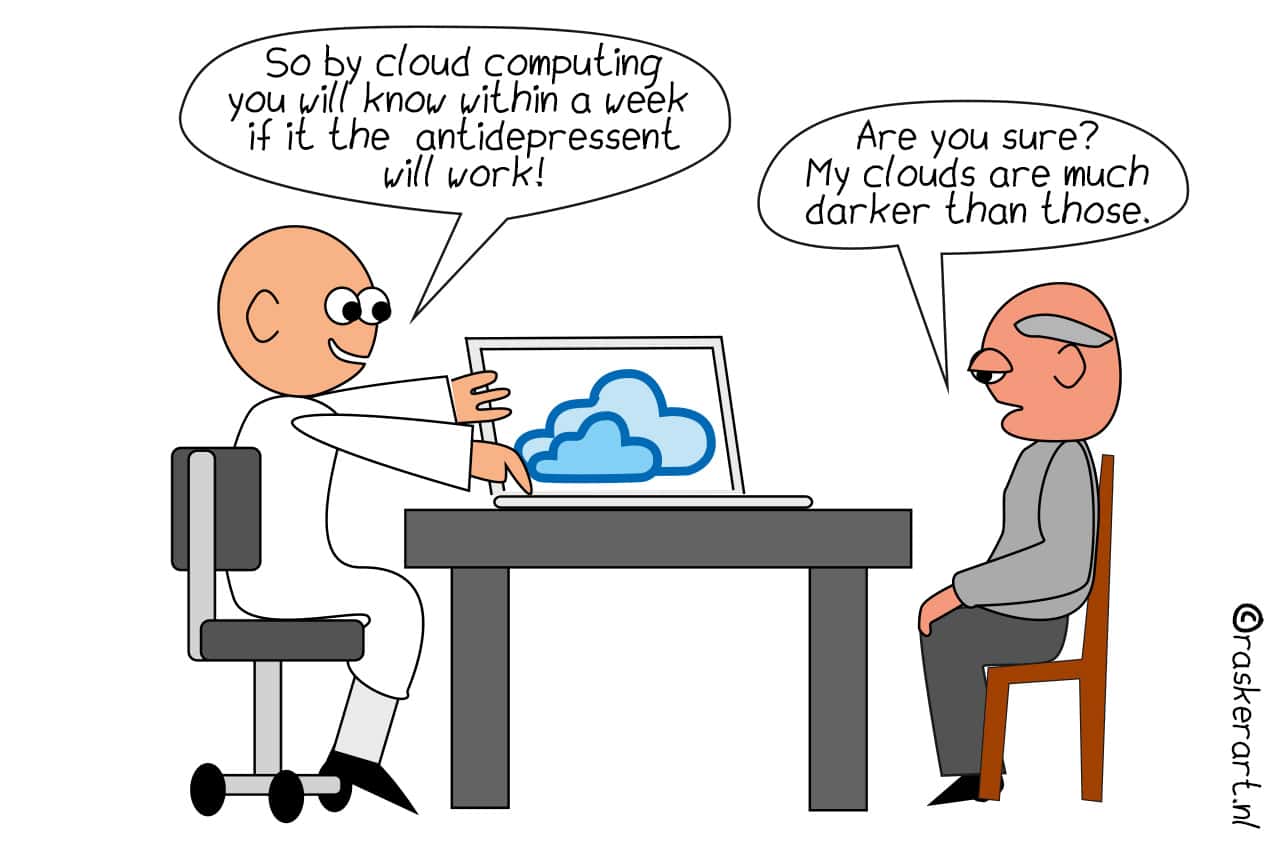
Whether you operate a multinational company or own a local small business, how often do you find yourself buried under mountains of papers and files? Between administrative forms, accounting, contracts, reports, purchase orders, receipts, and so much more, it certainly isn’t easy keeping that giant boat afloat. And despite the digitization trend, businesses still heavily rely on paper documents for their day-to-day operations. Now, imagine how much resources you’d be saving with a more efficient filing system, for both your physical and electronic documents. We’ve got some useful tips to better manage your business paperwork for optimal convenience and productivity.
Declutter Periodically
For starters, make it a habit to declutter your office on a regular basis. Hoarding physical and electronic files is the enemy of an organization, especially if you don’t already have a good labeling system in place. Identify those documents that you need for legal reasons, those still in use, and those you no longer need. Keep and archive what’s important to the business, and shred or discard useless files that are piling up. Aim to do so at least once a month.
Transfer Some Processes Online
While it can be reassuring to have a paper trail of important records, it’s a good idea to look into migrating some of your processes digitally. Contracts are one of those areas that require lots of filing space, which is why more and more businesses choose to optimize their contract management process by using dedicated business software. No matter the size of your venture or its activity sector, there are many reliable and affordable options to explore with a little research.
Gather your Files in One Place
Ideally, you want to avoid having your work documents scattered around in your office or your virtual working space. In fact, keeping all your records in a dedicated place will maximize practicality and ensure that you can always find what you’re looking for quickly and without trouble. For paper documents, opt for convenient storage cabinets that everyone can access. Likewise, digital files should be shared with your team on a collaborative server or platform.
Have a Standardized Filing System
Now that you know which documents to keep and where to keep them, it’s time to elaborate your own filing system. The most important thing here is to keep it simple; anyone should be able to navigate and implement it easily. While there are many ways to manage your files, the best option is to create specific folders (marketing, finance, IT, products, clients, and whatever is suitable for your business). Create a standardized naming format and use a color code if necessary.
Keep your Collaborators in the Loop
In parallel, be sure to inform your employees and staff of any steps you’ll be taking regarding filing system optimization. After all, they’ll be using it and referring to it on a daily basis, so training them and having them master it as well as you do is fundamental. Don’t hesitate to ask for their feedback and welcome recommendations on how to improve the business’ file management process. Communication is key.
Secure Your Files
If you’ve opted to go digital, whether fully or partially, it goes without saying that you want your online files to be as safe as possible. With the sophistication of hacking and infiltration techniques, anyone can access your company’s documents and records if these aren’t protected enough. So, invest in business security software to protect your digital property and avoid being the target of cyberattacks. Your in-house IT person or a specialized outsourced firm can get the job done expertly.
Keep Everything Up-to-date
Lastly, but importantly, it isn’t lost on you that the business world is an ever-changing one. The same goes for technology and business tools. For that reason, make it a point to update or reorganize your filing systems regularly and keep an eye on your digital software. This will guarantee optimal performance, ensure business continuity, and avert potentially costly oversights. With that, you’ll be able to streamline operations and be at ease for years!
All in all, managing your business documents is no easy job. With a continuous stream of files coming in and going out, things can pile up and go awry in a matter of days, if not hours. As we’ve seen, it takes a good deal of collective effort and organization to make sure that your business is operating smoothly.








